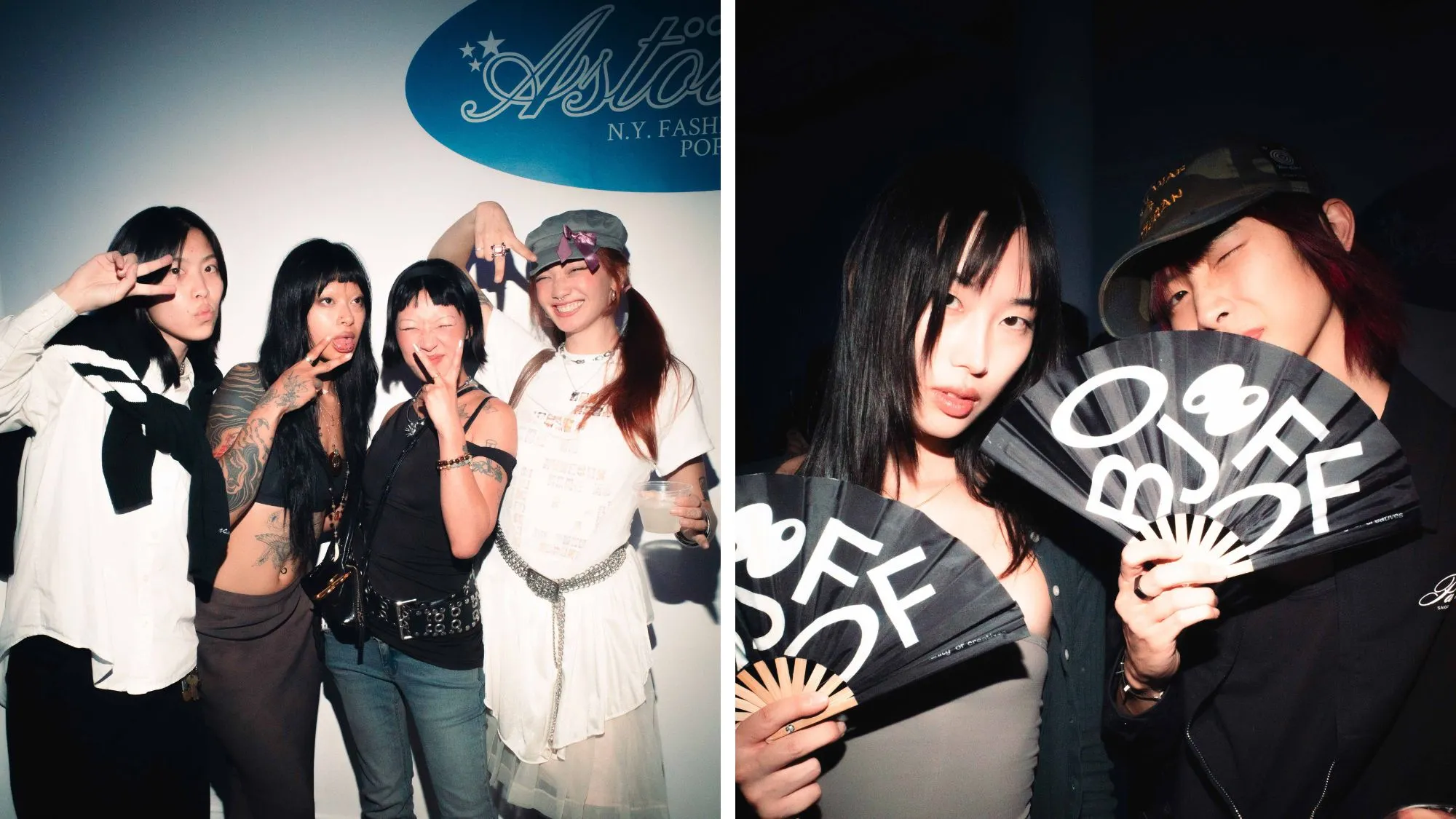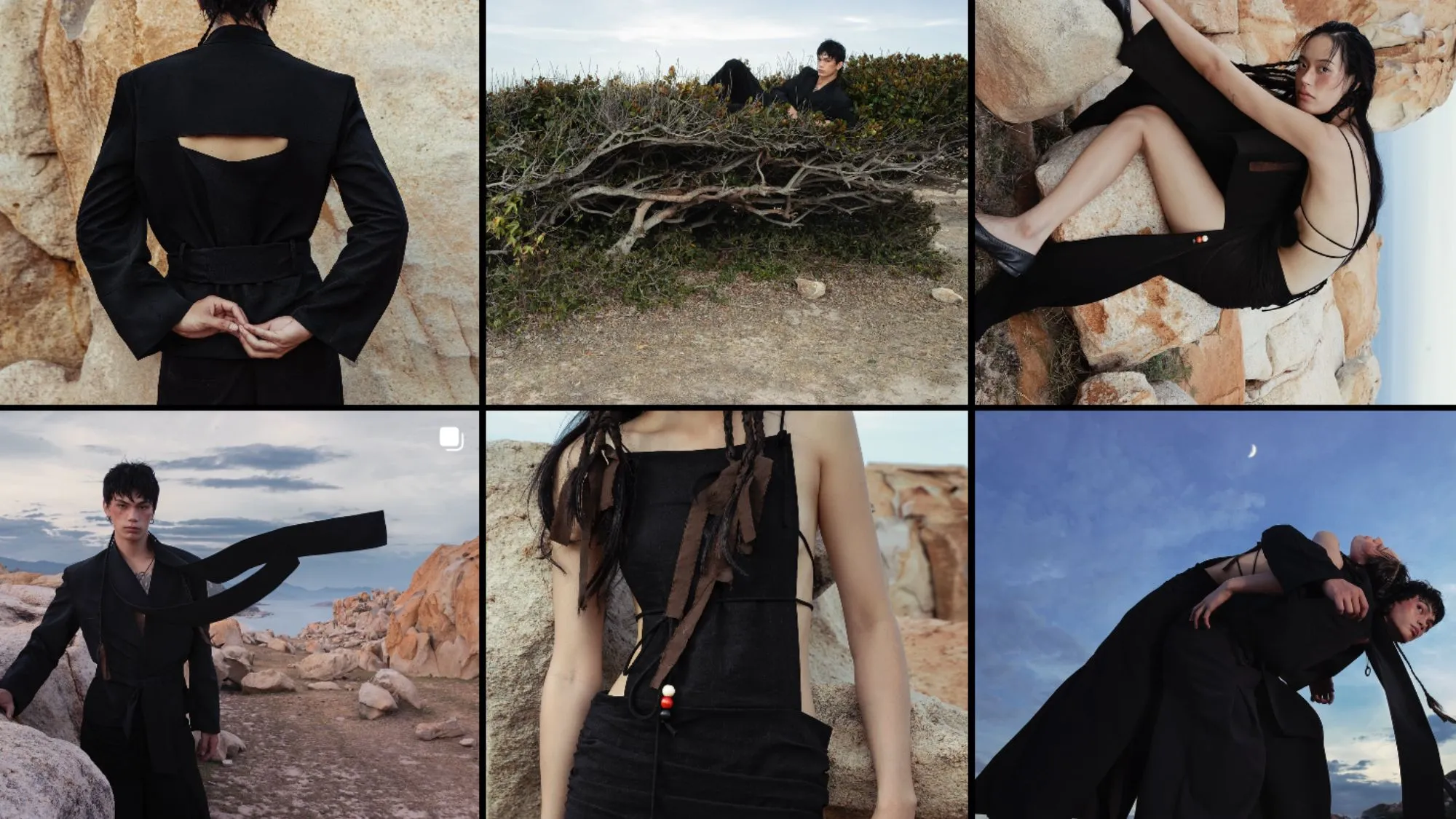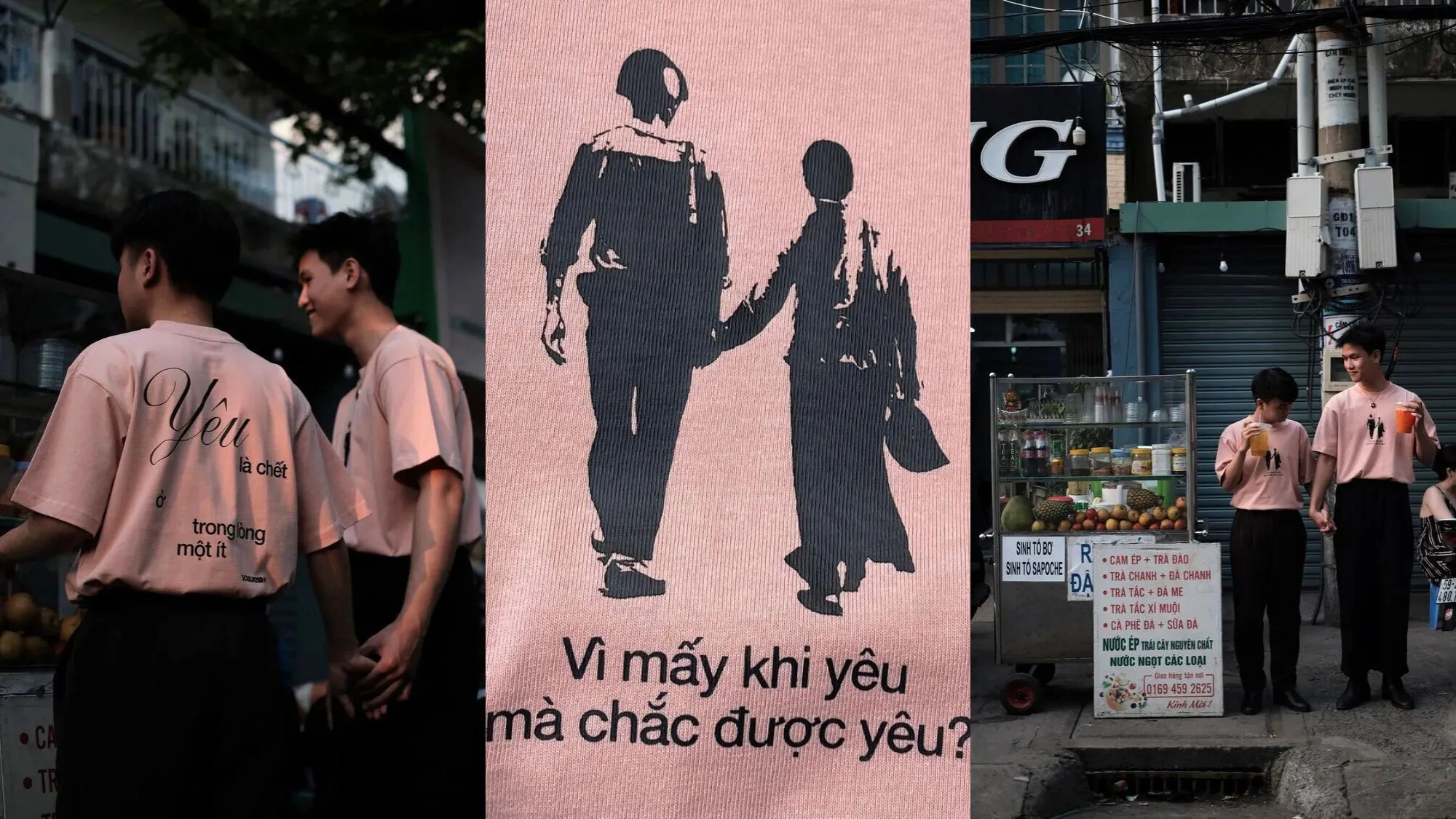Vietnamese fashion is gradually asserting its position on the global fashion map, with unique designs favored by international stars. However, the presence of Vietnamese fashion is not limited to red carpet events or glamorous runways. An interesting trend is emerging: the infiltration of Vietnamese designs into the everyday wardrobes of international customers.
Vietnamese branded denim pants, T-shirts, and streetwear, not just manufactured goods, are gradually appearing in major cities like Los Angeles, New York, Tokyo, and Taiwan through pop-up stores and e-commerce platforms. So, what has created this difference, and which concept stores in Los Angeles are contributing to spreading the spirit of Vietnamese fashion?
Astoud: Bridging Vietnamese Fashion to the World
Manh Nguyen, the founder of Astoud, a pioneering e-commerce platform distributing products from over 50 independent Vietnamese fashion brands, is striving to expand the Vietnamese fashion community in the international market. Before establishing Astoud in Los Angeles, Manh was one of the people behind Hidden Archive, a well-known blog among vintage fashion enthusiasts in Vietnam.
Last September, Astoud organized a pop-up store in New York, as part of New York Fashion Week, offering a multi-sensory experience for streetwear fashion lovers. Sharing about future plans, Manh mentioned market research in Taiwan for Astoud’s next pop-up event.

Pop-up stores are not just places to sell products but also opportunities for Vietnamese designers to directly connect with international customers, listen to feedback, and build relationships.
Why is Astoud Confident in Bringing Vietnamese Fashion to the World?
Belief in the quality of Vietnamese products is Manh’s biggest motivation. “I am proud to be Asian in general. But in reality, we all know that each ethnicity has its own beauty,” Manh shared. Manh observed that Japanese and Korean people have great pride in their products. Recently, Musinsa, a Korean e-commerce platform, has emerged, focusing solely on Korean brands and distributing them worldwide.
Vietnamese fashion is also good enough to have its own place. “I also feel that other cultures need a new perspective on products from Vietnam. But we don’t have enough confidence and supporting ecosystems to access larger markets,” Manh added.
“Product Speaks For Itself” – Good Products Prove Their Value
After 4 years of operating Astoud with over 50 brands, and about a year and a half of moving to different cities to set up pop-up stores, Manh believes in one thing: Good products will prove their value themselves (Product speaks for itself).
“Holding a good pair of jeans or touching it, you know right away. Good items have smooth zippers, thick fabric, sharp seams, and they flatter your figure when you wear them,” Manh explained.
Consumers everywhere understand what “good” means. And Vietnamese people understand very well how to create a good product. Clearly, Vietnam is a manufacturing location for denim for Levi’s, Nike, and many other major brands.

Quality and unique products are key factors for Vietnamese fashion to conquer the international market.
Overcoming Psychological Barriers About Price
Manh also noticed a common perception that Vietnamese goods should not be priced high. “I think, why not?” Manh retorted. In Vietnam, people sell a shirt for 700,000 VND, equivalent to 30 USD. But in the US, 30 USD is the price of a used, low-quality item. Meanwhile, Vietnamese people make a 100% cotton and SPD-proof product like that, with many elaborate cut-out designs, meaning the makers have to research very carefully, with high standards. Yet, we underestimate our own position.
“So, let’s not be self-deprecating anymore, we should even be proud, of what we are achieving at the moment,” Manh affirmed. Vietnam is no longer just a processing factory. From design, production, marketing, to branding and communication, Vietnamese people can do it all and do it well!
Pop-up Store: More Than Just a Place to Sell
Manh does not want Astoud to be just a place to sell products. The most important thing is to create a community, and pop-up stores are a way to do that. In Korea and Japan, fashion brands organize pop-up stores continuously, not only to sell but also to meet and chat with customers, helping them understand the brand story. Manh wants to do the same with Vietnamese fashion.
When brands cannot open their own physical stores yet, Astoud’s pop-up model is also a way for Manh and the brands to help international customers hold a Vietnamese product in their hands, feel the material, try it on, and see the creativity and quality in every detail. In other words, pop-ups are also a way to connect with customers without relying on physical stores.
Pop-up stores create opportunities for customers to experience products directly, and better understand the quality and design of Vietnamese fashion.
LTTT (Little Tokyo Table Tennis): Vietnamese Spirit in American Design
Manh is not alone on the journey to bring Vietnamese fashion to the world. Manh’s industry friends, including those who have worked in textile production for some time, and have their own brands in Los Angeles, like LTTT (Little Tokyo Table Tennis). When holding Vietnamese products, they also exclaimed “Oh wow, why haven’t I heard anyone mention products from Vietnam before?”.
LTTT is a streetwear fashion brand imbued with Vietnamese spirit, founded by young Vietnamese people in Los Angeles. LTTT’s products often draw inspiration from Vietnamese culture and history, combined with modern, liberal design styles.
Notable Vietnamese Brands
Manh also does not hesitate to name brands he admires. First is Vietnamese denim, with too many reasons to believe in the quality as well as designs made by Vietnamese people. For example, The Idiot brand, they create very unique designs, such as pants without a waistband. They also experiment with many different washes.
Products from The Idiot and Latui Atelier are particularly prominent in East Asian and European markets due to their sophistication and trend-setting nature. Soulvenir, a brand by a Vietnamese designer living in Seattle, USA for nearly 15 years and currently operating the Nay Mai store in Saigon, is also a noteworthy name.

Soulvenir is special in how this brand exploits the value of graphic design. In Vietnam, no brand has done anything similar. To design graphics in a way that respects Vietnamese history, but still has a refined aesthetic and is recognized globally, is a big challenge. Historical elements are not always easy to combine with aesthetics, but Soulvenir has done it!
Vietnamese Fashion: Experimental and Sustainable
If using one word to describe Vietnamese fashion currently, Manh chooses “experimental”. Young brands are finding ways to break boundaries, combine many styles and materials, and try newer things. But more importantly, they want to aim for sustainability, wearable every day, and wearable for many years, regardless of trends.
Vietnamese fashion currently has a lot of potential to go far. It’s time we believe in Vietnamese brands. If we only stand behind and do processing, no one will mention Vietnam as a name that can create uniquely designed products. But if we dare to try, dare to bring our designs to the international market, the story will be different.
Just create good enough products, and one day good reputation will spread far and wide!